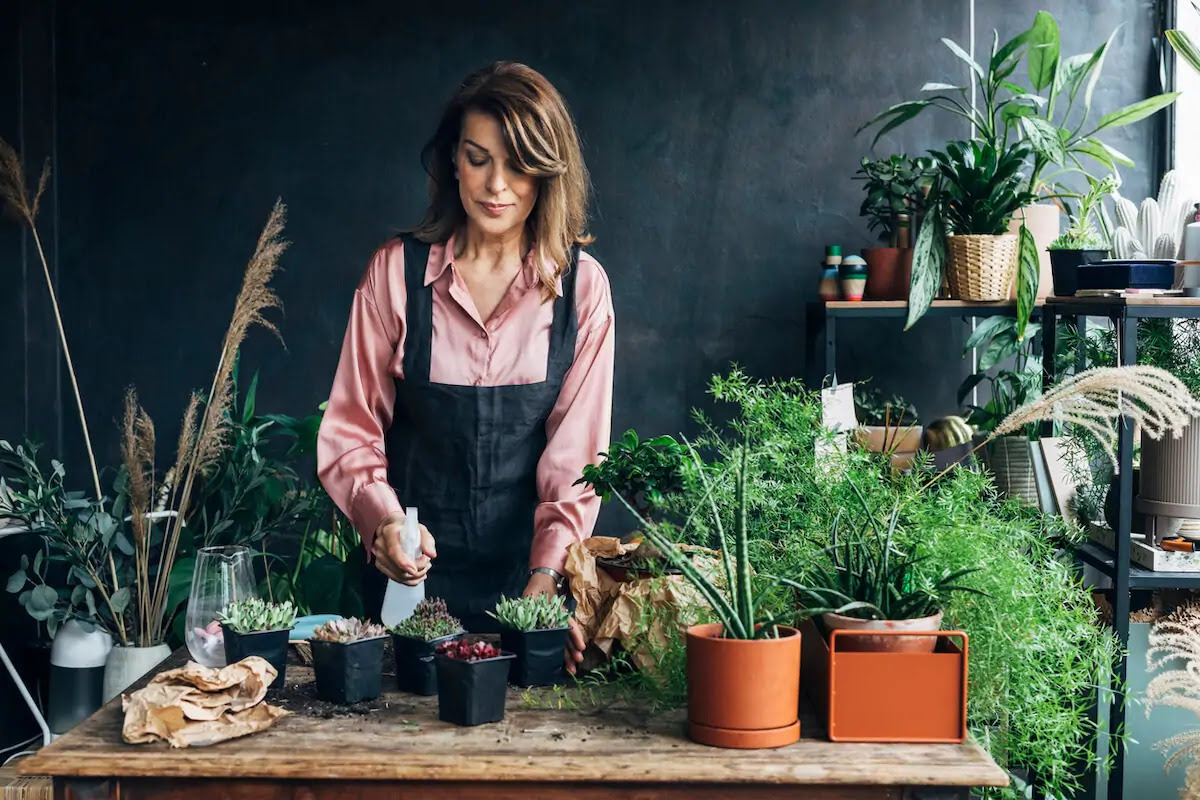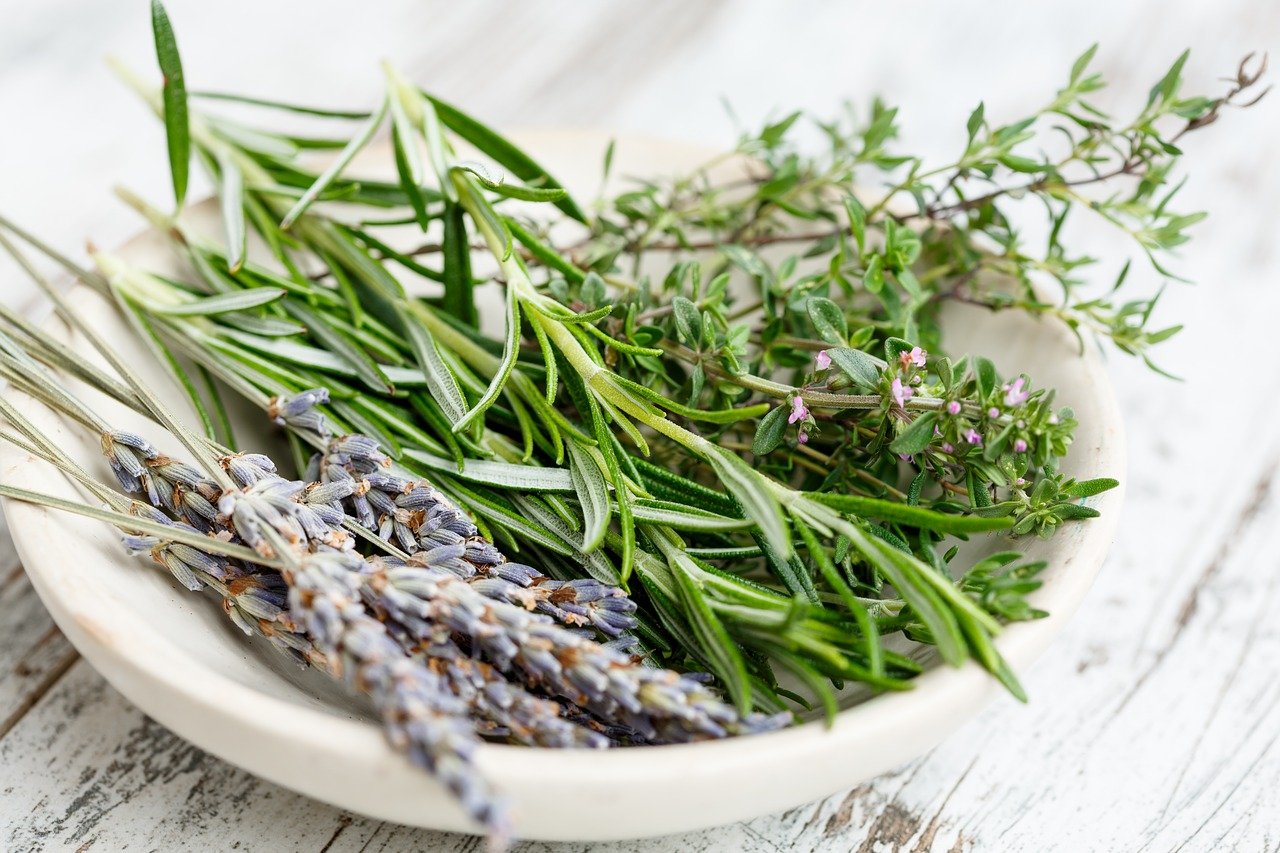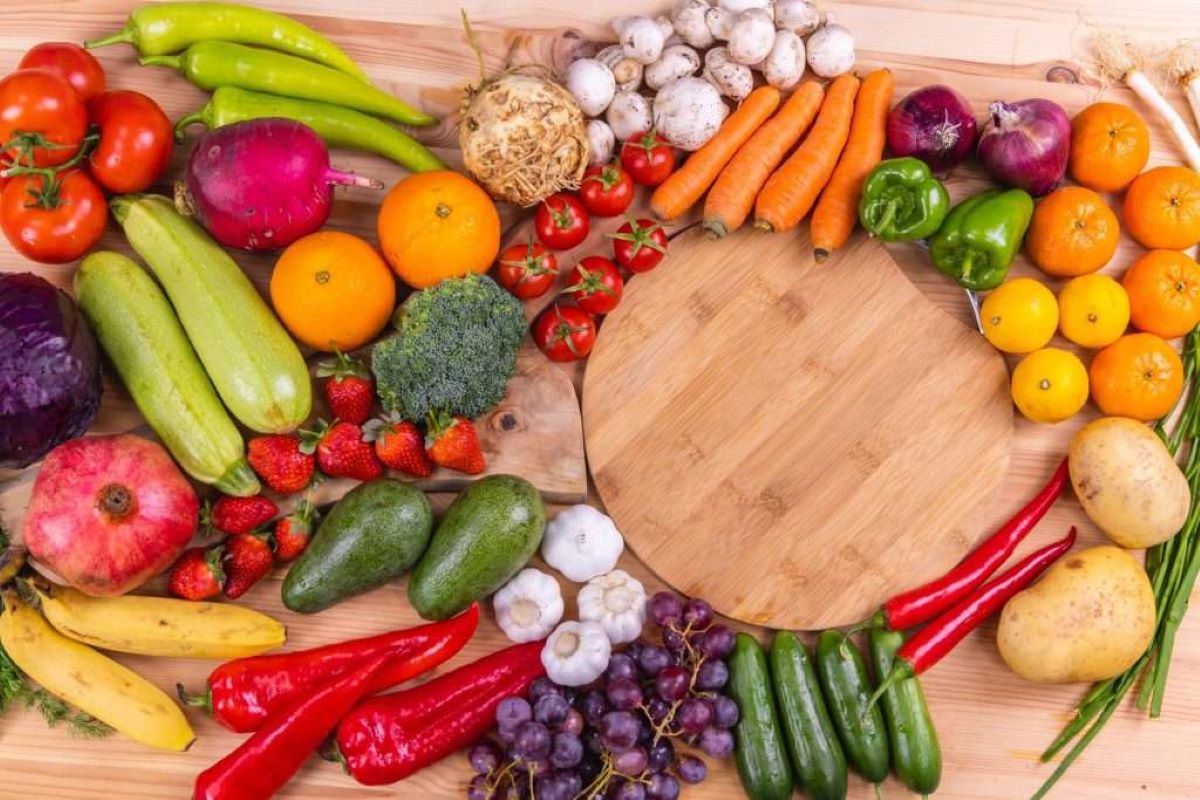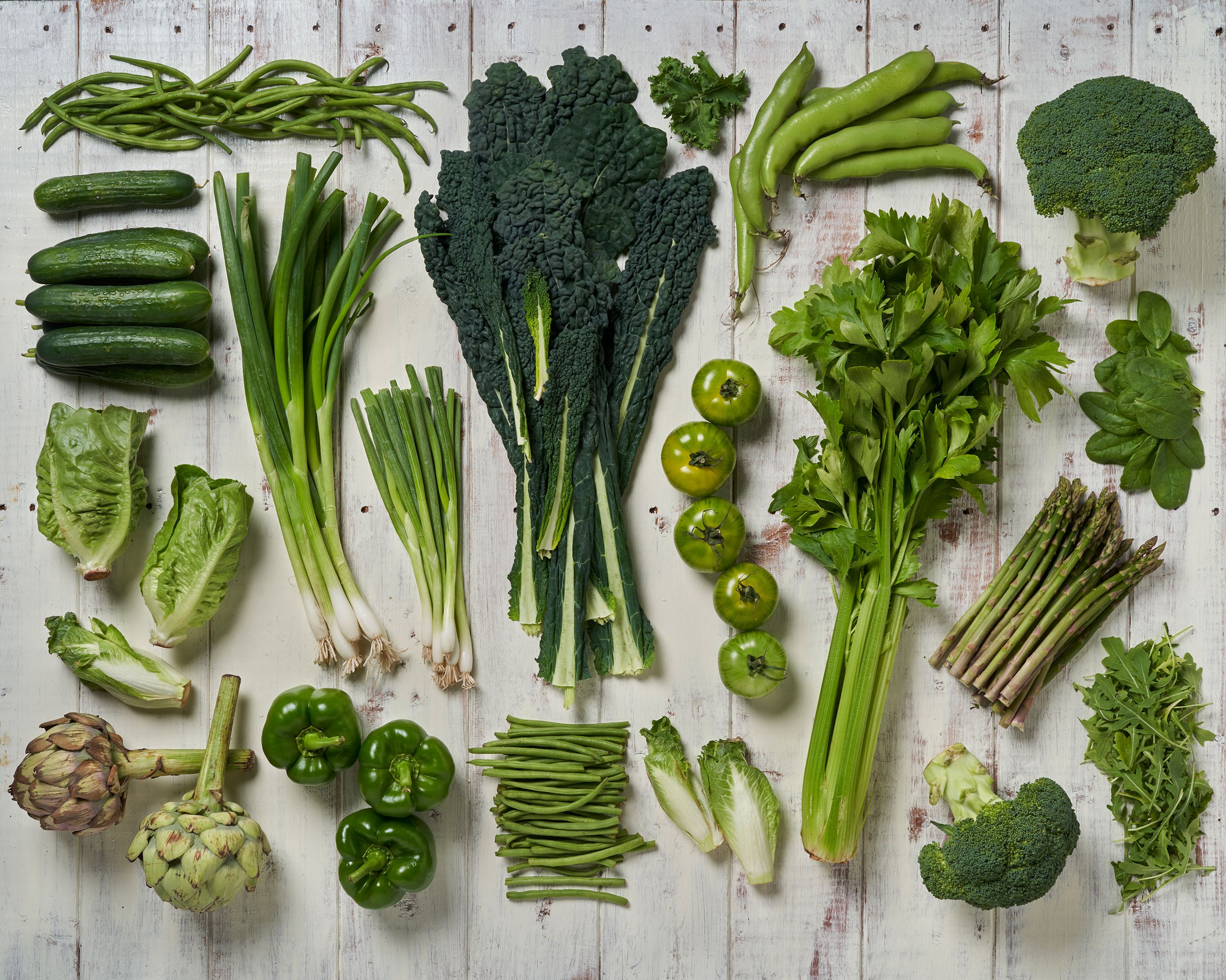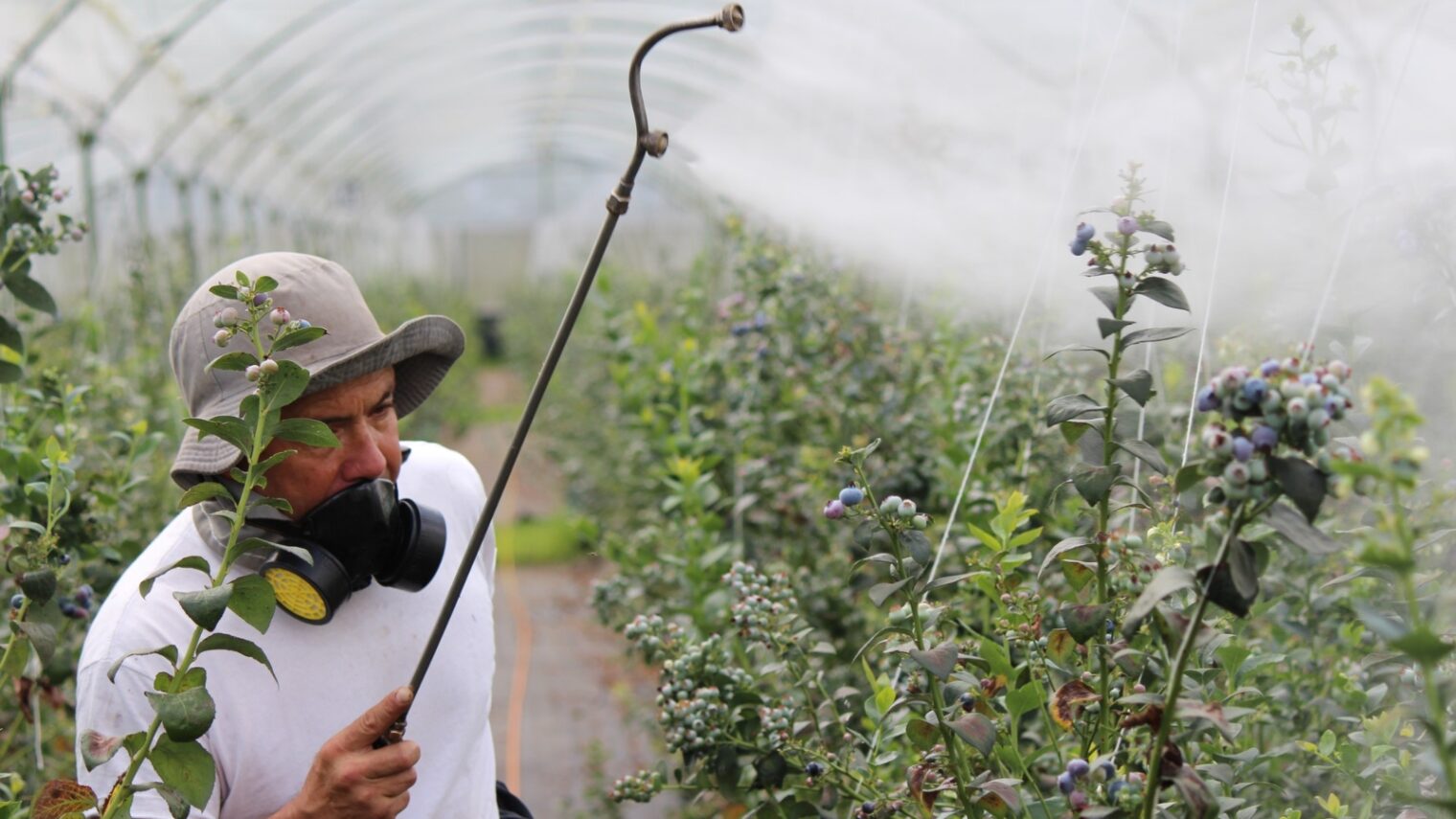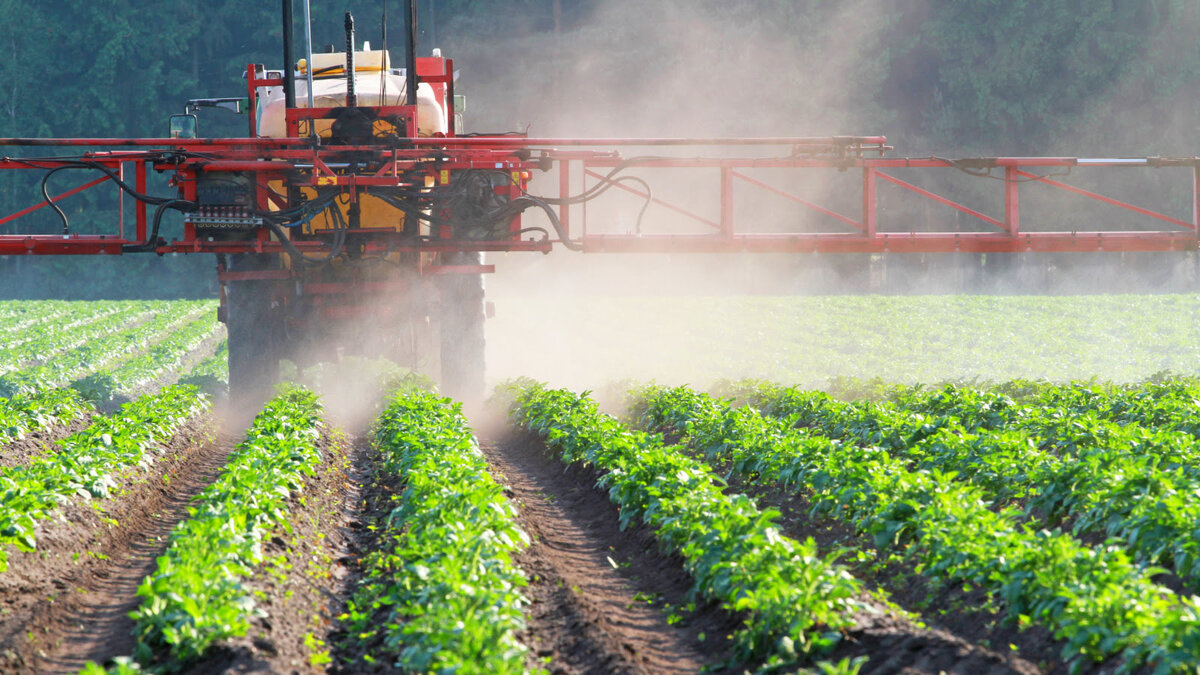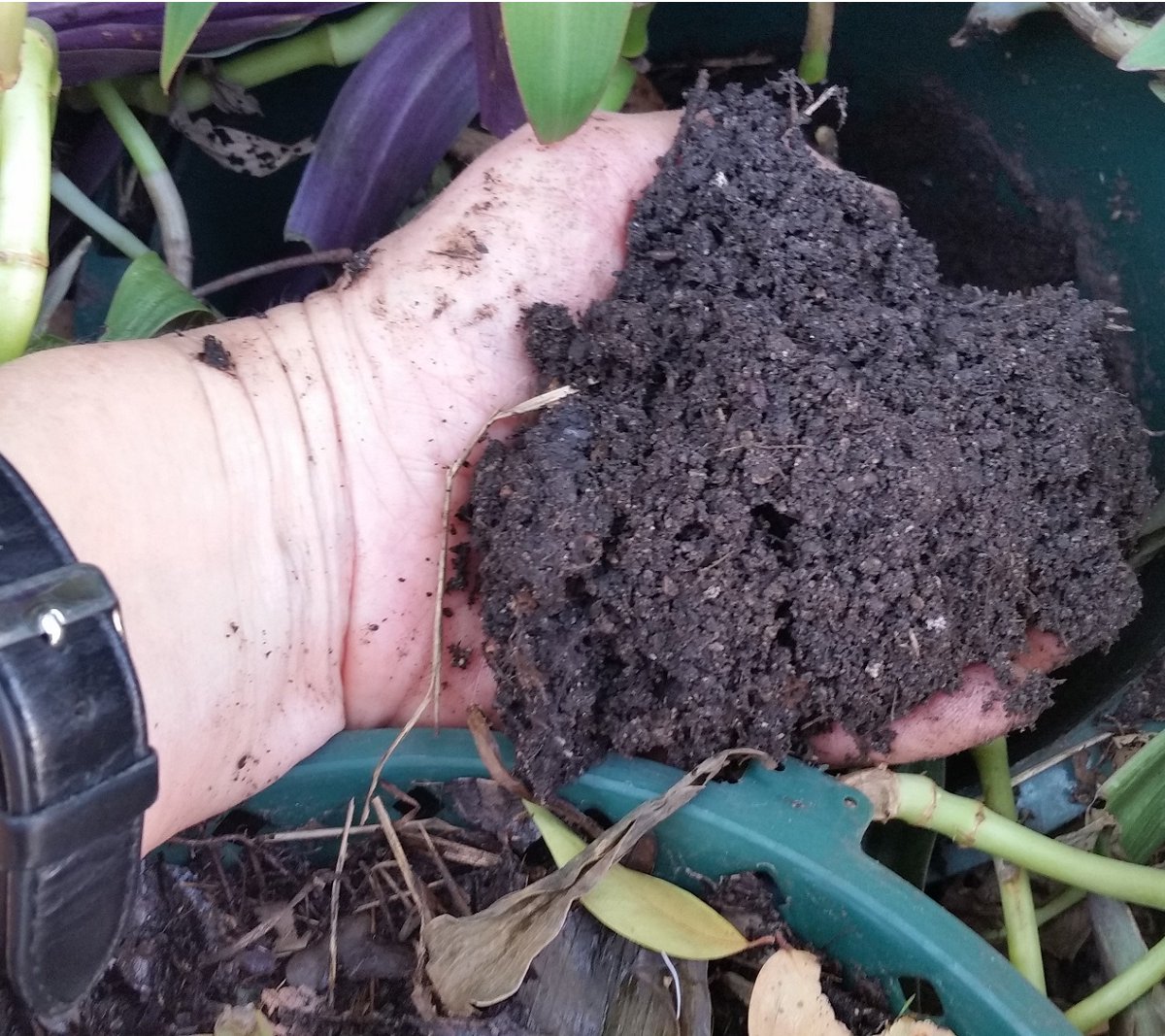Home>Types of Gardening>Ornamental Gardening>Which Succulents Are Good For Indoors
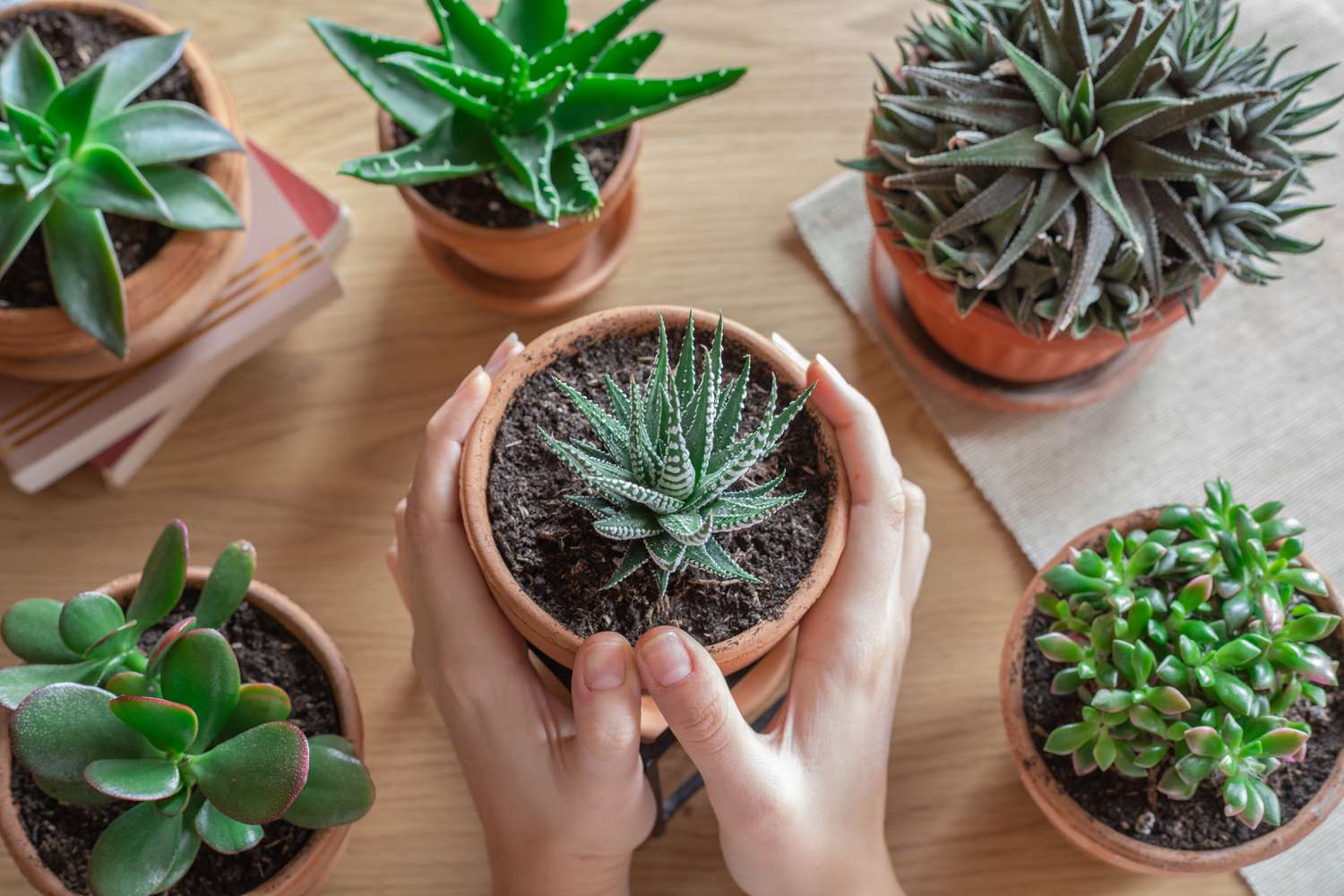

Ornamental Gardening
Which Succulents Are Good For Indoors
Published: December 30, 2023
Discover the best indoor succulents for ornamental gardening. Learn how to care for these low-maintenance plants and bring greenery into your home.
(Many of the links in this article redirect to a specific reviewed product. Your purchase of these products through affiliate links helps to generate commission for Chicagolandgardening.com, at no extra cost. Learn more)
Table of Contents
Introduction
Are you looking to bring a touch of natural beauty into your home or office space? Indoor succulents are an excellent choice for adding a refreshing and vibrant ambiance to any indoor environment. These unique plants come in a wide variety of shapes, sizes, and colors, making them versatile and adaptable to different interior design styles. Whether you are a seasoned gardener or a beginner with a green thumb, succulents are a great option for indoor gardening due to their low maintenance requirements and aesthetic appeal.
Succulents are a diverse group of plants that have adapted to survive in arid environments by storing water in their fleshy leaves, stems, or roots. This unique characteristic allows them to thrive in indoor settings with minimal watering and care, making them an ideal choice for busy individuals or those new to plant care. From the striking rosettes of Echeveria to the cascading tendrils of String of Pearls, there is a succulent variety to suit every taste and preference.
In this comprehensive guide, we will explore the benefits of growing succulents indoors, discuss the factors to consider when choosing indoor succulents, highlight the top 10 indoor succulent plants, and provide valuable tips for caring for these delightful green companions. Whether you are looking to create a stunning succulent display or simply add a touch of nature to your indoor space, this guide will equip you with the knowledge and inspiration to embark on your indoor succulent gardening journey. So, let's dive into the fascinating world of indoor succulents and discover the joy of cultivating these charming plants within the comfort of your own home.
Benefits of Growing Succulents Indoors
Growing succulents indoors offers a myriad of advantages that make them an appealing choice for both experienced gardeners and novices alike. These resilient plants not only enhance the visual appeal of indoor spaces but also contribute to a healthier and more enjoyable environment. Let’s explore the numerous benefits of cultivating succulents indoors:
- Low Maintenance: Succulents are renowned for their low maintenance requirements, making them perfect for individuals with busy lifestyles or limited gardening experience. Their ability to store water in their leaves and stems allows them to thrive with minimal watering, making them an ideal choice for indoor settings.
- Aesthetic Appeal: The diverse shapes, colors, and textures of succulents add an attractive and visually captivating element to indoor spaces. Whether displayed in individual pots or as part of a stunning succulent arrangement, these plants bring a touch of natural beauty to any room.
- Air Purification: Succulents are known for their ability to purify the air by removing toxins and improving overall air quality. By absorbing carbon dioxide and releasing oxygen, they contribute to a healthier indoor environment, making them an excellent choice for homes and offices.
- Stress Reduction: The presence of indoor plants, including succulents, has been linked to stress reduction and improved mental well-being. Their calming and soothing presence can create a more relaxing atmosphere, promoting a sense of tranquility and positivity.
- Year-Round Enjoyment: Unlike some traditional garden plants, succulents can thrive indoors throughout the year, providing a continuous source of natural beauty regardless of the season. Their ability to adapt to indoor conditions ensures year-round enjoyment for plant enthusiasts.
These compelling benefits make indoor succulent gardening an appealing and rewarding endeavor for individuals seeking to enhance their indoor spaces with the charm and vitality of these remarkable plants.
Factors to Consider When Choosing Indoor Succulents
When selecting succulents for indoor cultivation, several important factors should be taken into consideration to ensure the success and vitality of these plants within the indoor environment. Understanding these key considerations will help you choose the most suitable succulents for your specific indoor conditions and care preferences.
- Light Requirements: Assess the natural light conditions in your indoor space to determine the appropriate succulent varieties. While some succulents thrive in bright, direct sunlight, others prefer indirect or filtered light. Understanding the light preferences of different succulent species will enable you to place them in locations where they can thrive and flourish.
- Space and Size: Consider the available space for your indoor succulents and the eventual size of the plants. Some succulents remain compact and are well-suited for small containers or terrariums, while others may grow larger and require more room to spread out. Selecting succulents that fit the available space will ensure a harmonious and visually appealing indoor display.
- Watering Needs: Different succulent species have varying water requirements. Some prefer infrequent watering with periods of dryness between waterings, while others may need more regular moisture. Understanding the watering needs of your chosen succulents is crucial for maintaining their health and preventing issues such as overwatering or underwatering.
- Temperature and Humidity: Consider the indoor temperature and humidity levels, as these factors can influence the growth and well-being of succulents. While most succulents thrive in typical indoor temperatures, it is important to avoid exposing them to extreme temperature fluctuations or overly humid conditions, which can impact their overall health.
- Soil and Drainage: Select well-draining soil specifically formulated for succulents and ensure that the containers have adequate drainage holes. Proper soil and drainage are essential for preventing waterlogged roots and maintaining the optimal growing conditions for indoor succulents.
By carefully considering these factors, you can make informed decisions when choosing indoor succulents, setting the stage for a thriving and visually captivating indoor succulent garden.
Top 10 Indoor Succulent Plants
When it comes to selecting the perfect succulents for indoor cultivation, there is a diverse array of stunning and resilient plants to choose from. Each with its own unique characteristics and care requirements, the following top 10 indoor succulent plants are renowned for their beauty, adaptability, and suitability for indoor environments:
- Echeveria: With its striking rosette shape and vibrant colors, Echeveria is a popular choice for indoor succulent gardens. These charming plants thrive in bright, indirect light and are known for their low maintenance needs.
- Haworthia: Characterized by its striking, architectural foliage, Haworthia is well-suited for indoor spaces. This succulent prefers bright, indirect light and is an excellent choice for small containers or terrariums.
- Snake Plant (Sansevieria): Renowned for its air-purifying properties, the Snake Plant is a resilient succulent that thrives in a variety of light conditions, making it an ideal choice for indoor settings with minimal natural light.
- Jade Plant (Crassula ovata): With its thick, fleshy leaves and tree-like appearance, the Jade Plant is a classic indoor succulent. It prefers bright light and infrequent watering, making it a low-maintenance and visually appealing choice.
- Aloe Vera: Known for its soothing gel and medicinal properties, Aloe Vera is a versatile succulent that thrives in bright, indirect light. Its striking foliage and air-purifying qualities make it an excellent addition to indoor spaces.
- String of Pearls (Senecio rowleyanus): This unique trailing succulent features cascading strands of spherical leaves, adding a whimsical touch to indoor spaces. String of Pearls thrives in bright, indirect light and well-draining soil.
- Zebra Plant (Haworthiopsis attenuata): Recognizable by its distinctive, striped foliage, the Zebra Plant is an eye-catching succulent that prefers bright, indirect light and moderate watering, making it well-suited for indoor cultivation.
- Christmas Cactus (Schlumbergera): This delightful succulent blooms with vibrant flowers during the holiday season, adding a festive touch to indoor spaces. It thrives in bright, indirect light and requires well-draining soil.
- Panda Plant (Kalanchoe tomentosa): Adorned with fuzzy, silvery leaves, the Panda Plant is a charming succulent that thrives in bright, indirect light. Its unique texture and low maintenance needs make it an excellent choice for indoor gardens.
- Burro’s Tail (Sedum morganianum): Known for its trailing stems adorned with delicate, plump leaves, Burro’s Tail is a visually captivating succulent that prefers bright, indirect light and infrequent watering.
These top 10 indoor succulent plants offer a delightful array of options for bringing the beauty and charm of the natural world into your indoor spaces, providing an opportunity to create stunning displays and cultivate a thriving indoor succulent garden.
Tips for Caring for Indoor Succulents
Caring for indoor succulents involves providing the right conditions and maintenance to ensure their health and vitality. By following these essential tips, you can create an optimal environment for your indoor succulents to thrive and flourish:
- Light: Place your succulents in locations that receive bright, indirect sunlight. While they require ample light, it is important to avoid exposing them to harsh, direct sunlight for extended periods, as this can lead to sunburn and damage.
- Watering: Allow the soil to dry out completely between waterings, as overwatering is one of the most common issues that can affect succulents. When watering, thoroughly saturate the soil, allowing excess water to drain away to prevent waterlogged roots.
- Soil: Use well-draining soil specifically formulated for succulents and cacti. This type of soil allows excess moisture to escape, preventing the risk of root rot and other water-related issues.
- Containers: Select containers with drainage holes to ensure proper drainage and prevent water from accumulating at the bottom. This helps maintain the ideal moisture levels for indoor succulents.
- Temperature: Keep indoor succulents in a moderate temperature range, avoiding exposure to extreme cold or heat. Most succulents thrive in typical indoor temperatures and are sensitive to frost and freezing conditions.
- Pruning and Maintenance: Remove any dead or decaying leaves to promote air circulation and prevent potential pest infestations. Pruning leggy growth can also help maintain the shape and appearance of your succulents.
- Fertilization: Use a diluted, balanced fertilizer specifically designed for succulents during the growing season. Apply the fertilizer sparingly to avoid overfeeding, as succulents have lower nutrient requirements compared to other plants.
- Pest Control: Monitor your indoor succulents for signs of pests such as mealybugs or spider mites. If detected, promptly address any pest issues using safe and effective pest control methods suitable for succulents.
By implementing these care tips, you can create an optimal environment for your indoor succulents, ensuring their longevity and continued beauty within your indoor spaces. With proper care and attention, indoor succulents can thrive and bring joy for years to come.
Conclusion
Embarking on the journey of indoor succulent gardening opens up a world of natural beauty, creativity, and therapeutic joy within your home or office. The benefits of cultivating succulents indoors extend far beyond their aesthetic appeal, offering a harmonious blend of visual delight, low maintenance care, and health-enhancing qualities. By carefully considering factors such as light, space, and watering needs, you can select the most suitable succulents for your indoor environment, ensuring their well-being and longevity.
The top 10 indoor succulent plants provide a delightful array of options, each with its own unique charm and adaptability to indoor conditions. Whether adorning your living room with the striking rosettes of Echeveria or adding a touch of whimsy with the cascading strands of String of Pearls, these plants offer endless possibilities for creating captivating indoor displays and expressing your personal style.
With the essential tips for caring for indoor succulents in mind, you can create an optimal environment that supports the growth and vitality of these remarkable plants. By providing the right balance of light, water, and maintenance, you can enjoy the beauty and tranquility of indoor succulents as they thrive and bring a touch of nature into your everyday surroundings.
As you embark on your indoor succulent gardening journey, remember that each succulent has its own unique personality and care requirements. Embrace the opportunity to nurture these remarkable plants, and let the joy of tending to your indoor succulent garden enrich your daily life with a sense of connection to the natural world.
May your indoor succulent garden inspire moments of peace, creativity, and appreciation for the simple yet profound beauty of nature within the comfort of your own home.
